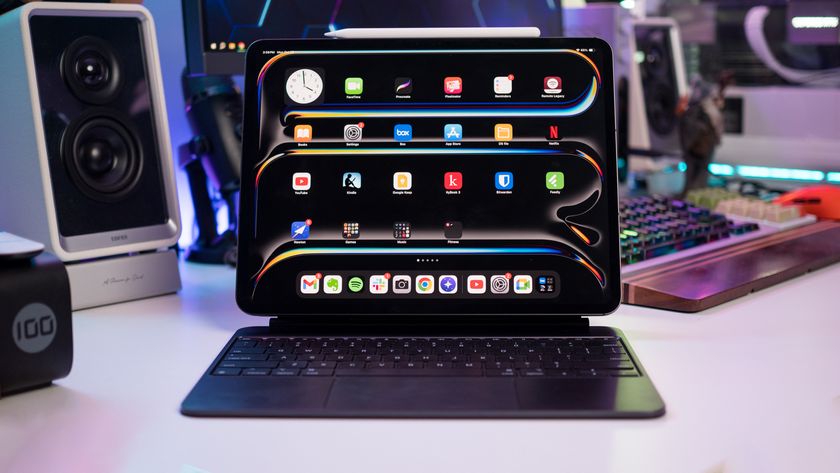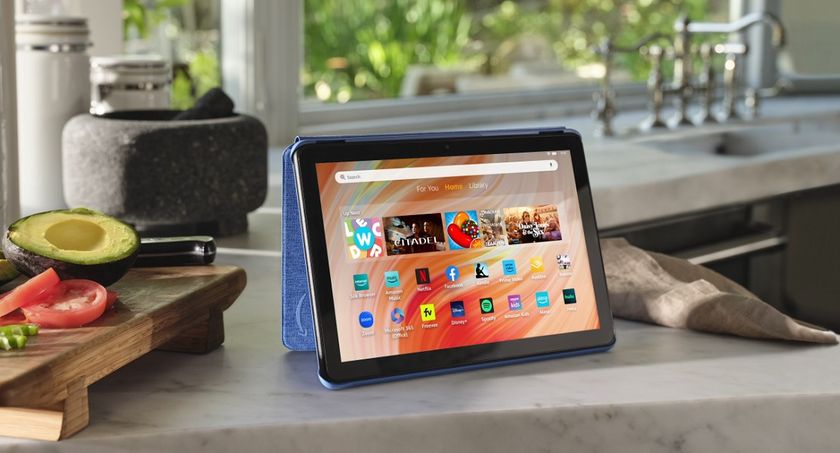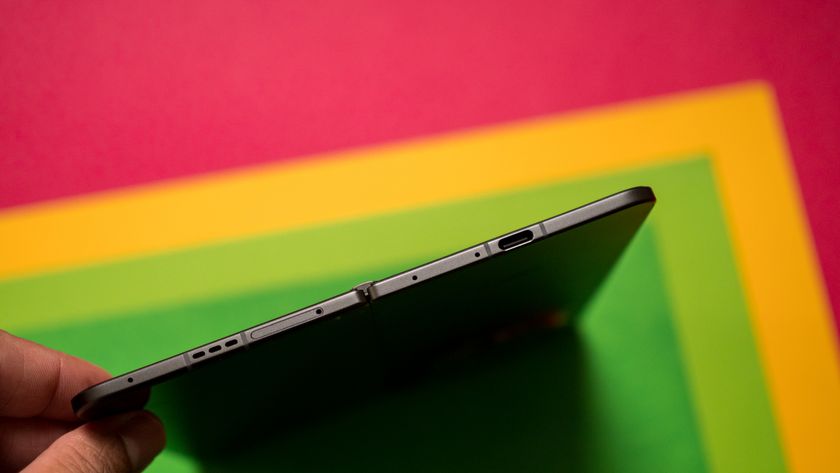Large Android tablets are finally becoming fun to use
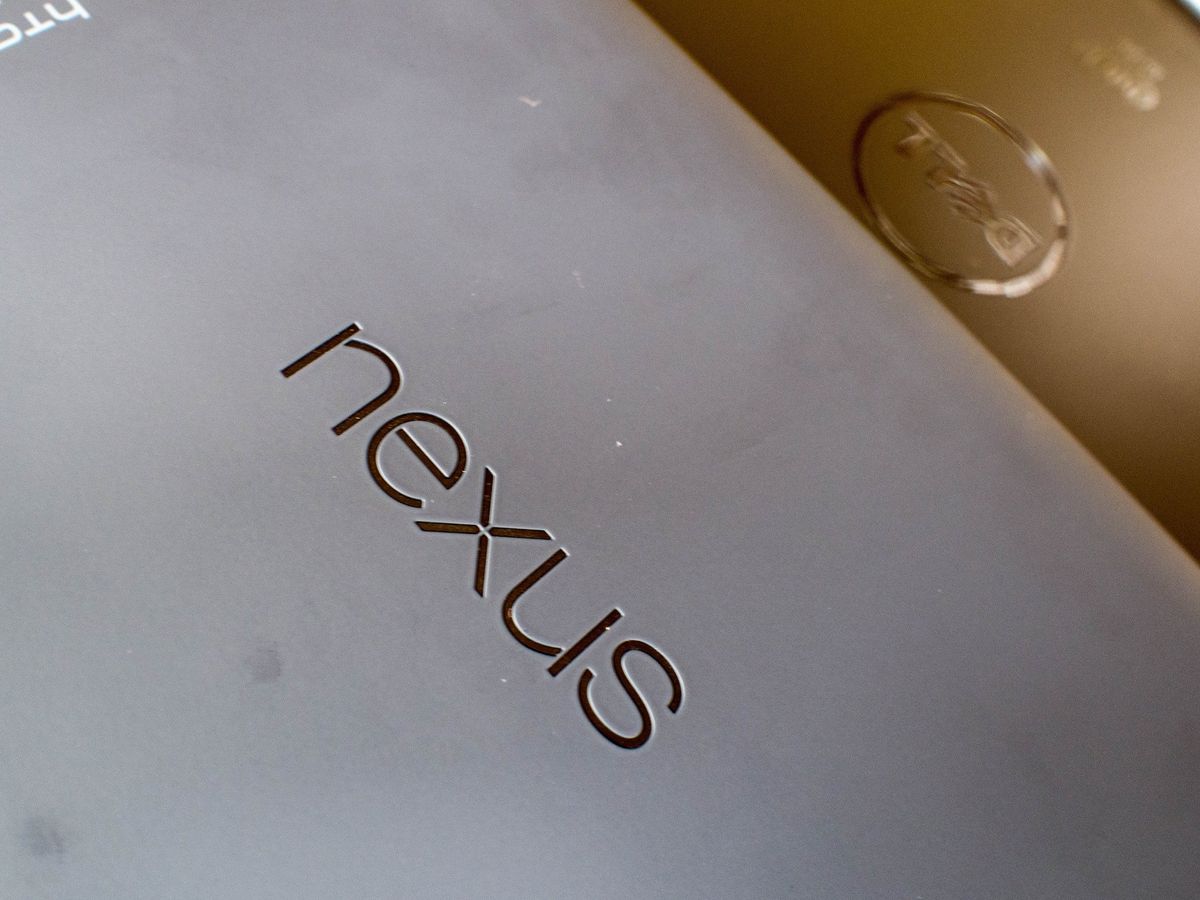
Android tablets have a long and storied history of not being very good. Despite dozens of options available to consumers, the overall experience — by which I mean third-party software, battery life, and hardware quality — has struggled. The combination of race to the bottom pricing and lacking software made the 7-inch tablet significantly more popular, and as a result the larger tablet market slowed for a while.
This year, things are on a noticeable upswing for Android tablets. Several manufacturers have released promising options, software has improved noticeably, and there's a roadmap for the future that makes owning a larger tablet something that makes sense.
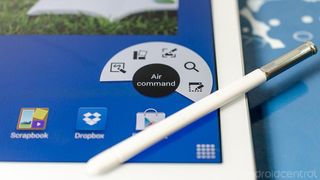
Somehow, I had worked my way back around to the netbook and managed to convince myself I was happy with this experience.
In a former life, I was a server admin with a desire for the smallest form factor I could access a Linux terminal from. It's what turned me to Android in the first place, the G1 let me handle problems no matter where I was and that meant I could leave my netbook at home. When Samsung announced the first Galaxy Tab, I jumped on the idea but was quickly disappointed in the overall experience. I wanted something bigger so I could work and play, and I thought Motorola answered that prayer with the Xoom. Finally I had a nice big screen, a decent keyboard, and it was all exactly as portable as I wanted it to be. Somehow, I had worked my way back around to the netbook and managed to convince myself I was happy with this experience. I was even asked to write a book about it.
When the first Nexus 7 came out, I found it hard to get excited about the offering. It was miles better than the previous generation offerings from Samsung and HTC, but still didn't do anything for me that my phone wasn't already doing. Here we were, months after Microsoft had stolen the attention of the entire world with the original Surface, and Google was doubling down on what was basically a toy for watching Netflix and playing games. By the time Google was ready to update the Nexus 7, Samsung was trying their hand at a multitasking tablet with the Galaxy Note 10.1 2014 Edition. Unfortunately Samsung's handwriting and multitasking software wasn't nearly mature enough to compete yet, and no compelling keyboard ever came out for the device.
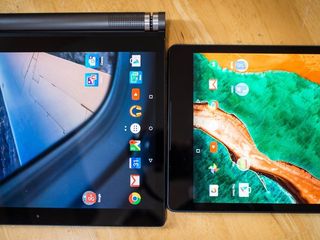
2015 has proved to be quite different. Google stepped up with HTC's Nexus 9 with an OK keyboard at launch, and similar offerings from Dell and Sony come together to create this group of premium tablets that deserve to be taken seriously. Software has slowly been improving as well, while Google's Material Design guidelines slowly take hold Dell and Sony have been working hard to make the battery on their devices actually last. We now have reasonably-priced hardware that easily competes with Microsoft and Apple in both design and functionality. More importantly, they are actually worth recommending to people.
Things are finally looking up for the large tablet, and if what we've seen in the Android M Developer Preview is any indicator we'll continue to see great things to support these devices. Features like Doze keeping an eye on your battery and making that tablet you have sitting on your tablet at home last for a week at a time instead of a day or two, or that nice new landscape notification drawer trick that follows your finger. Who knows, we may even see native multi-window support in Android in the not-so-distant future. Either way you look at it, Google finally has the foundation to make large Android tablets a compelling option for all sorts of users, and that's going to be good for everyone.
Be an expert in 5 minutes
Get the latest news from Android Central, your trusted companion in the world of Android

